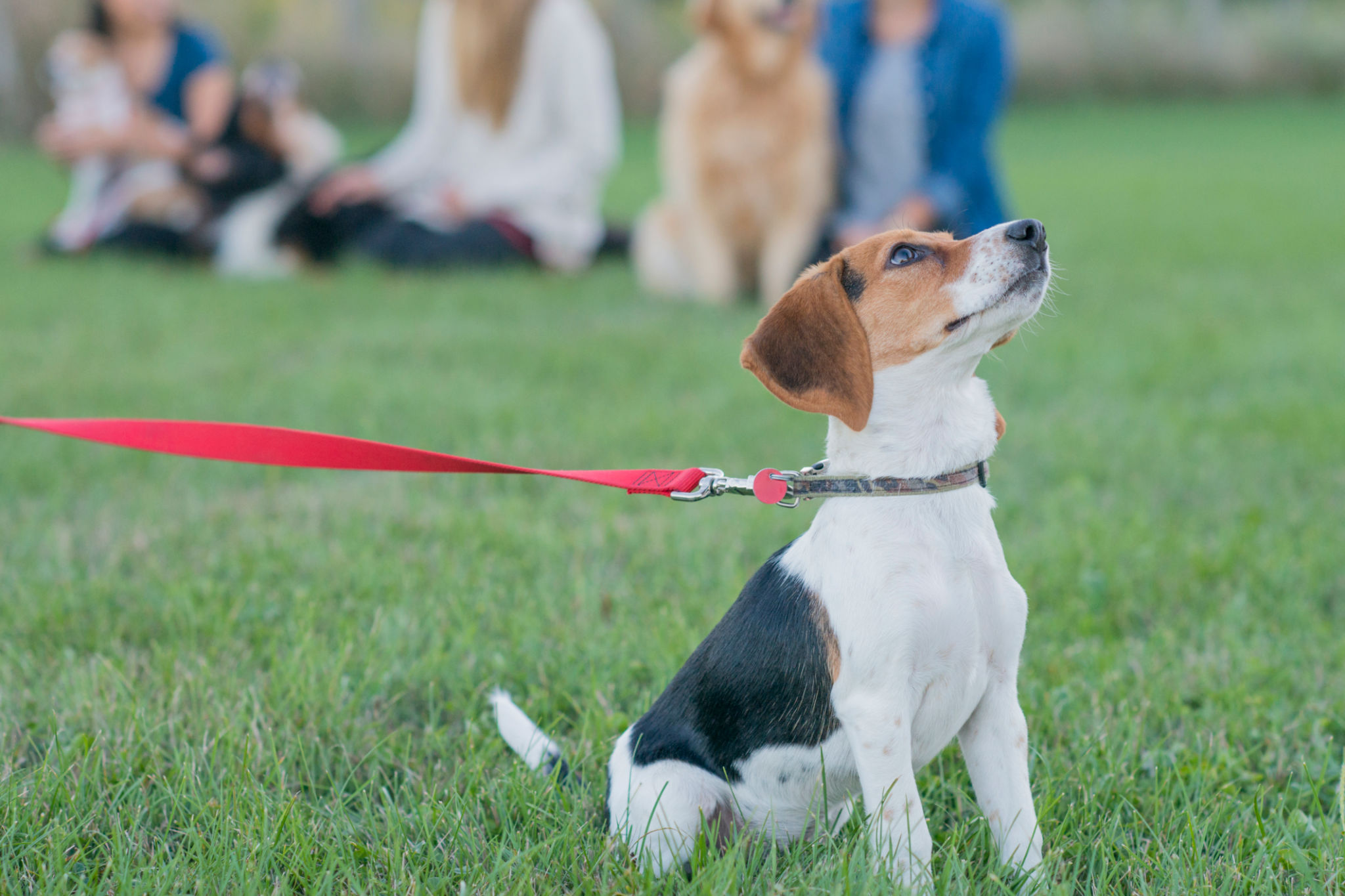How to Train Your Dog at Home: A Step-by-Step Guide
Understanding Your Dog's Behavior
Training your dog at home can be a rewarding experience for both you and your furry friend. Dogs thrive on structure, and understanding their behavior is the first step towards effective training. Observing your dog's natural actions and reactions helps you create a tailored training plan. It's important to recognize that each dog is unique, and what works for one may not work for another.
Before beginning any training, ensure that you understand the basic behavioral traits of your dog's breed. This knowledge can provide insight into how your dog learns and what motivates them. Take note of their energy levels, social tendencies, and any quirks they might have.

Setting Up a Training Routine
Consistency is key when it comes to training your dog. Establishing a routine helps your dog understand what is expected of them. Start by setting aside dedicated time each day for training sessions. These should be short and engaging to keep your dog's attention focused.
Use a mix of positive reinforcement techniques, such as treats, play and verbal praise, to encourage good behavior. It's important to be patient and persistent, as some dogs may take longer to grasp new commands than others. Gradually increase the complexity of the commands as your dog becomes more comfortable with the basics.

Teaching Basic Commands
Begin with basic commands such as "sit," "come," and "leave it." These form the foundation of good behavior and can be critical in ensuring your dog's safety in various situations. Start by demonstrating the desired action and rewarding your dog when they follow the command.
- To teach "sit," gently push down on your dog's hindquarters while saying the command, then reward them once they're in position. Another method is to elevate a treat above their head until the sit back to see it, then reward.
- The "come" command can be taught by showing your dog a treat or toy and using a cheerful, calm voice to call them to you.
Addressing Behavioral Issues
Some dogs may exhibit behavioral issues such as excessive barking, chewing, or aggression. These can often be addressed with targeted training techniques. Identify the triggers for these behaviors and work on desensitizing your dog through gradual exposure and positive reinforcement coupled with firm compassionate corrections.
For example, if your dog barks excessively when someone knocks at the door, practice this scenario repeatedly. Reward them for remaining calm and quiet. If chewing is a problem, provide appropriate chew toys and redirect their attention when they begin to chew on something inappropriate.

Incorporating Play into Training
Training doesn't have to be all work and no play. Incorporating games into your training sessions can make learning more enjoyable for your dog. Activities like fetch or hide-and-seek can reinforce commands while providing mental stimulation and exercise.
Use playtime as an opportunity to reinforce obedience by asking your dog to perform commands before initiating a game. This not only reinforces training but also strengthens the bond between you and your pet.
Tracking Progress and Celebrating Wins
Keep track of your dog's progress by maintaining a training journal. Note which commands they have mastered and which areas need improvement. This record will help you adjust your training plan as needed and ensure that you're consistently working towards achieving your goals.
Celebrate small victories along the way to keep motivation high for both you and your dog. Acknowledging progress maintains momentum and encourages continued learning.

Seeking Professional Help When Needed
If you encounter persistent challenges in your training journey, don't hesitate to seek professional guidance. A certified dog trainer can provide expert advice and personalized strategies to address specific issues.
Professional trainers can also offer group classes that provide socialization opportunities for your dog, further enhancing their learning environment. Remember, seeking help is not a sign of failure but rather a proactive step towards ensuring the well-being of both you and your pet.
